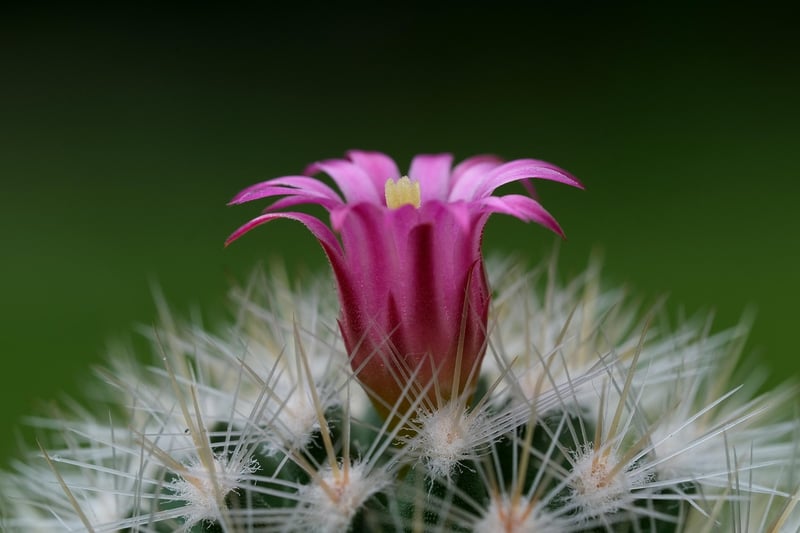Pruning Techniques
Plant Care and Pruning Techniques
Introduction to Plant Care
Plants are not only beautiful additions to our surroundings but also play a vital role in improving air quality and creating a peaceful environment. Proper plant care is essential to ensure they thrive and enhance our living spaces.
General Plant Care Tips:
- Water plants as needed, ensuring they are neither overwatered nor underwatered.
- Provide adequate sunlight based on the plant's requirements.
- Fertilize plants regularly to promote healthy growth.
- Monitor for pests and diseases, and take appropriate action if detected.
- Repot plants when they outgrow their containers.
Pruning Techniques for Healthy Plants
Pruning is a crucial aspect of plant care that involves removing specific parts of a plant to promote growth, enhance appearance, and maintain overall health. Here are some essential pruning techniques:
- Deadheading: Removing dead or faded flowers encourages the plant to produce more blooms.
- Thinning: Removing excess branches allows for better air circulation and light penetration, reducing the risk of disease.
- Pinching: Pinching off the tips of young plant shoots encourages bushier growth.
- Heading Back: Cutting back the tips of branches helps control the size and shape of the plant.
Benefits of Pruning:
Regular pruning offers several benefits, including:
- Promoting new growth
- Improving plant aesthetics
- Preventing disease by removing infected parts
- Enhancing flower and fruit production
Conclusion
By following proper plant care practices and mastering essential pruning techniques, you can ensure your plants remain healthy, vibrant, and a source of joy in your home or garden.
Remember, each plant species may have specific care requirements, so always research the particular needs of your plants for optimal growth.


